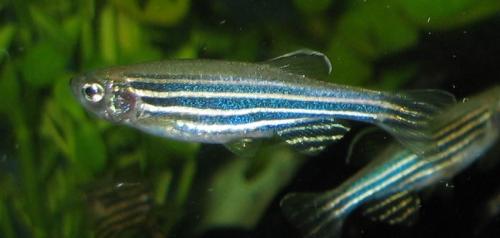Immune cells could hold key to therapies for spinal cord injuries

Fresh insights into how zebrafish repair their damaged nerve connections could aid the development of therapies for people with spinal cord injuries.
Scientists have found the immune system plays a key role in helping zebrafish nerve cells to regenerate after injury.
The findings offer clues for developing treatments that could one day help people to regain movement after spinal cord injury.
Large immune cells called macrophages are vital for the fish to repair damaged connections, the study found.
These cells usually help the body to fight off infections but they also play a key role in wound healing.
Researchers at the University of Edinburgh found macrophages produce key molecules that dampen inflammation at the spinal injury site. This enables nerve cells to bridge the gap and repair lost connections.
The team from the University’s Centre for Discovery Brain Sciences have established a system to study the complex interactions between immune cells at a spinal injury site and how they contribute to the repair of damaged nerve connections in zebrafish.
The next step will be to understand how these molecules function in people.
The study was published in Nature Communications and funded by the Biotechnology and Biological Sciences Research Council.
Source: Read Full Article